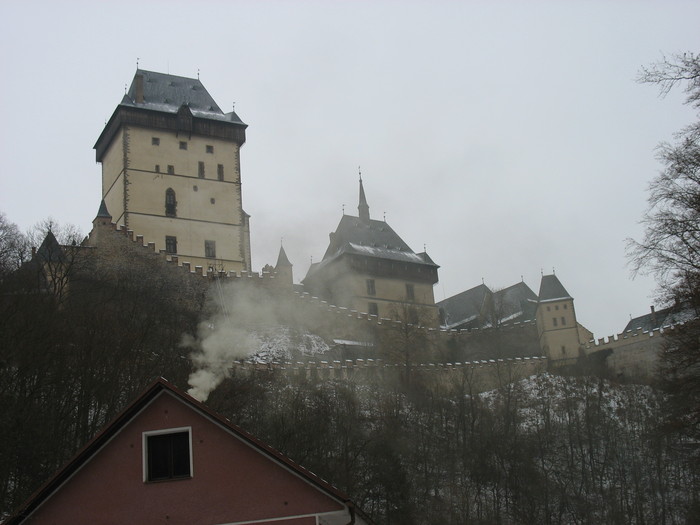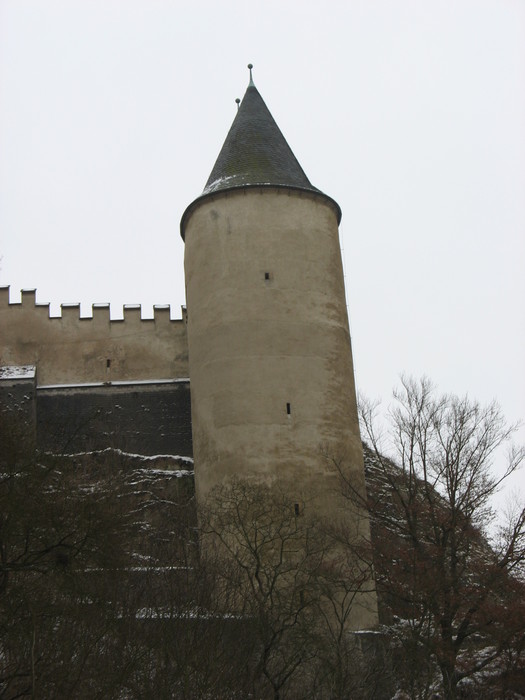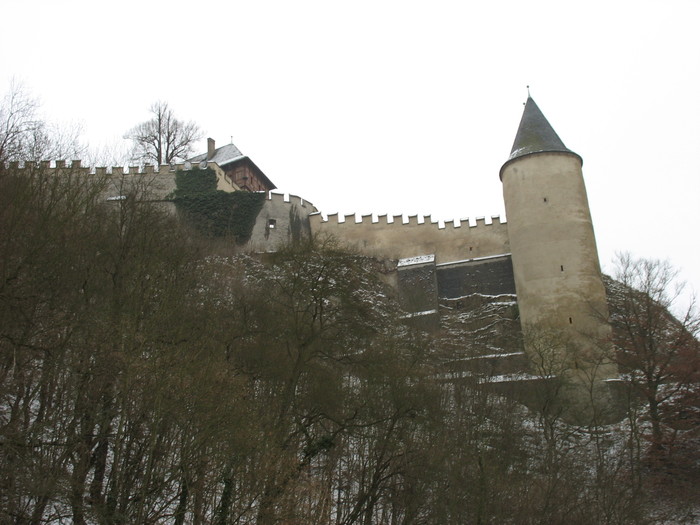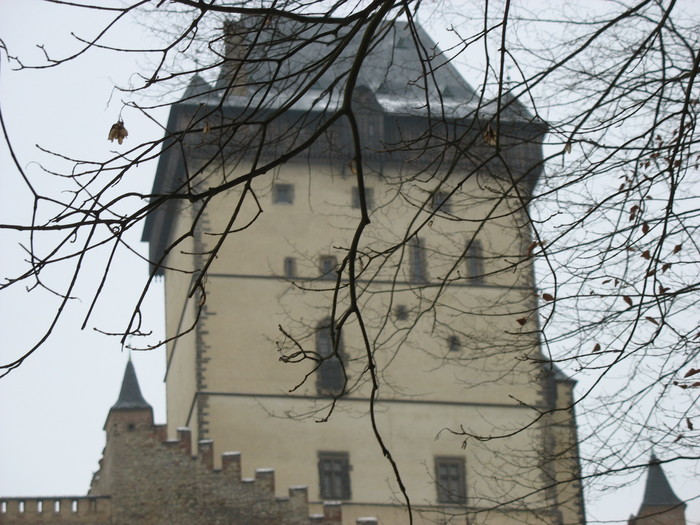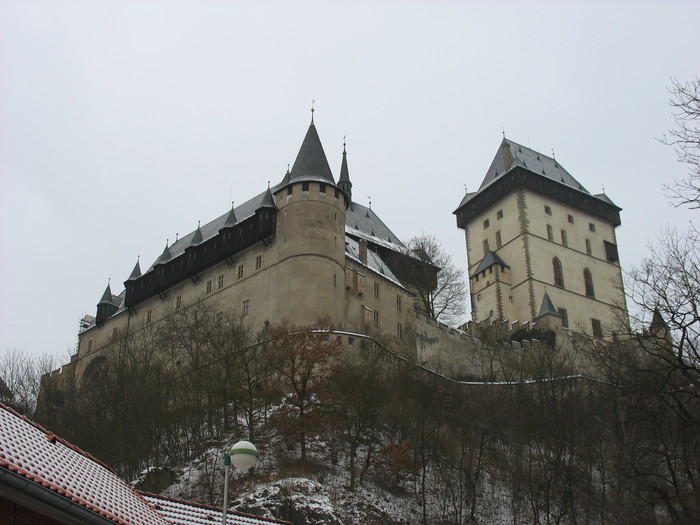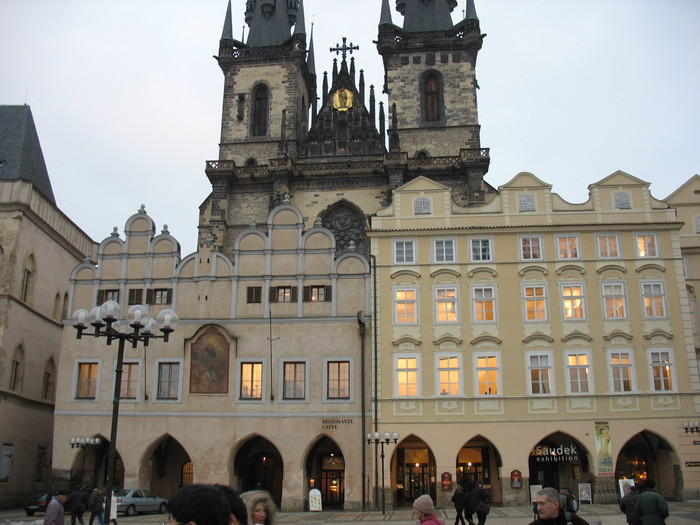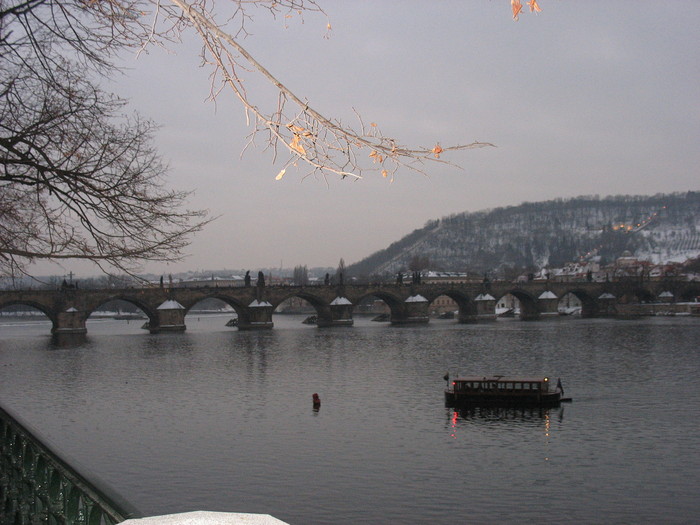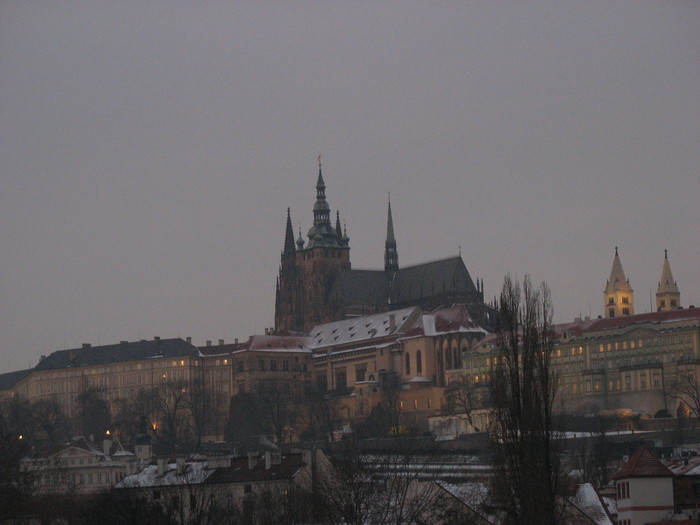

Aswan, Egypt, 1998 Photograph by Richard Nowitz
A lateen-rigged sailboat called a felucca plies the Nile River in fading light near Aswan, Egypt. Aswan was an important city in ancient times, linking the pharaonic centers in Egypt's north with the empire's southern territories.
(Photo shot on assignment for, but not published in, "Into an Antique Land," March 1999, National Geographic Traveler magazine)























